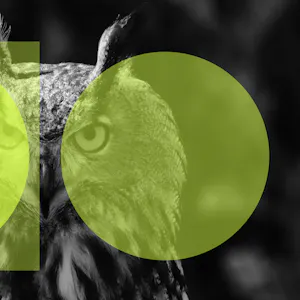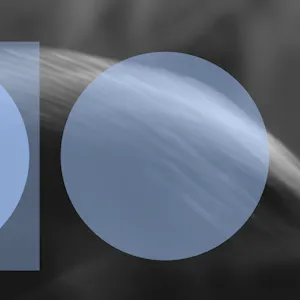Business Continuity Management Systems


PGI’s Digital Investigations Team brings you the Digital Threat Digest, SOCMINT and OSINT insights into disinformation, influence operations, and online harms.

On 02 December, a 7.6 magnitude earthquake struck the Philippines; and almost immediately after, my X (formerly Twitter) feed was filled with posts about it. While most of these were genuine, it wasn't hard to find the occasional piece of mis/disinformation seeded among them. For example, multiple videos misattributed existing footage from Japan and Taiwan to the current earthquake, thereby misleading users on the severity of its impact and inducing panic. This isn't novel behaviour: similar posts have been circulated across the Filipino information environment in previous years, such as during the July 2022 Abra earthquake and the September 2022 Mindanao earthquakes, and in other countries as well.
I have previously written about crisis-focused mis/disinformation and the vulnerability it breeds online. At face value, this may appear to be a less-egregious digital threat due to its lack of targeted focus on protected groups and communities. However, I'd argue that it is equally (if not more) dangerous than those that are, primarily because of the unique panic, susceptibility and instantaneous damage created during crisis situations. Over the last five years, for example, there have been multiple documented instances of this disinformation exploiting victims' trauma and impeding relief operations, including in countries such as India, Mali and Turkey. The speed of their impact is notable here, lending urgency to the need for having established counter-disinformation measures in place.
It is also important to understand just who is seeding this mis/disinformation, and why. Over time, research has narrowed it down to two key grassroots threat actors: those interested in virality and boosting their engagement levels on social media via clickbait, and those aiming for financial gain (such as through fake fundraising initiatives). A February 2023 article published by SOAS University of London also highlights the potential for foreign influence operations to exploit crisis situations – particularly those with a vested interest in destabilising and maligning the impacted country. The mis/disinformation is then amplified by average internet users, who are too impacted by the situation at hand to do the required due diligence. This is more common than we think: on a personal level, I, too, have amplified unverified content relating to crises in the past, as have many people I know.
In short, crisis-driven mis/disinformation is too often brushed under the carpet as a 'small-scale' digital threat, to the point that it has now become cyclical. We've grown accustomed to it, and often almost expect it – an expectation that is met nine times out of ten, and which can have a severe detrimental impact. It is now time for governments to properly focus on this threat, enabling top-down digital resilience and media literacy through targeted legislation and coordination with independent open-source tools (take Ushahidi, for example), social media platforms and crisis-mapping initiatives.
More about Protection Group International's Digital Investigations
Our Digital Investigations Analysts combine modern exploitative technology with deep human analytical expertise that covers the social media platforms themselves and the behaviours and the intents of those who use them. Our experienced analyst team have a deep understanding of how various threat groups use social media and follow a three-pronged approach focused on content, behaviour and infrastructure to assess and substantiate threat landscapes.
Disclaimer: Protection Group International does not endorse any of the linked content.

At their core, artificial systems are a series of relationships between intelligence, truth, and decision making.

Feeding the name of a new criminal to the online OSINT community is like waving a red rag to a bull. There’s an immediate scramble to be the first to find every piece of information out there on the target, and present it back in a nice network graph (bonus points if you’re using your own network graph product and the whole thing is a thinly veiled advert for why your Ghunt code wrap with its purple-backlit-round-edged-dynamic-element CSS is better than everyone else’s).

There is a tendency to think that modern problems require modern solutions. Got a problem with AI-generated content? Your only hope is to build an AI-powered detection engine.